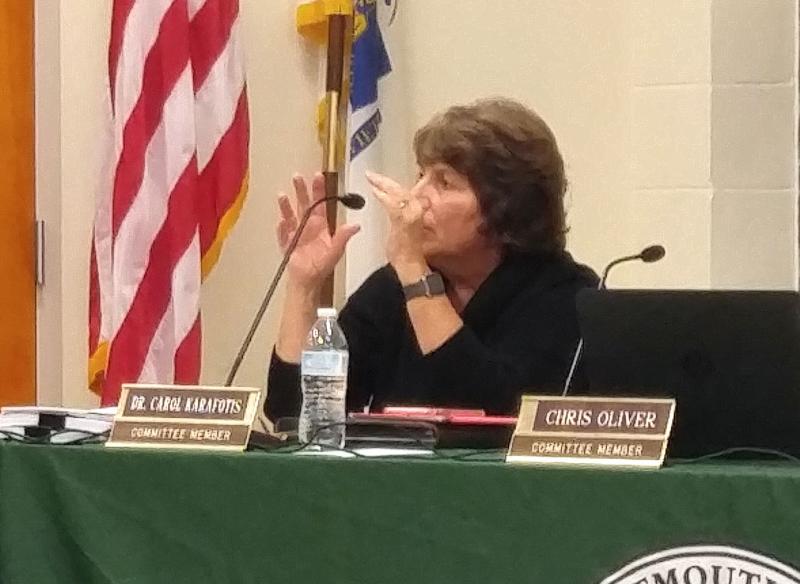School officials plan to improve testing results
A week after next generation MCAS results were released, Dartmouth officials and the School Committee are getting a better understanding of the data, and what needs to be improved going forward.
Last year, Dartmouth high school students took the same legacy paper-based MCAS test. However, third to eighth grade students took what educators have been calling “MCAS 2.0,” a new computer-based assessment system.
The new test includes new grading metrics, which is why Assistant Superintendent Michelle Roy explained to the School Committee on October 30 that results can’t really be compared to previous years. Instead, district officials compared the results to the state average.
District-wide, grades four, seven, and eight English language arts dipped below the state average, while all other subject areas and grade levels that took the new test remained at or above the state average. Grade five science and technology and engineering - which used the legacy paper-based test - was two percentage points below the state average.
Because of the inconsistency between the two grading standards, Roy said the district hopes to use this year’s results as a baseline to measure improvement in future years.
“Hopefully we’ll see that improvement is happening,” Roy said. “It’s not a base of skills assessment, it’s really meant to signal readiness for the next grade level, and as we move up, college and career readiness skills.”
Officials are already coming up with ideas to better prepare students for next year. In English language arts, Roy explained that the new system includes three types of computer-based questions, including a long-form essay presented to students as a large textbox, and officials believe students might not have realized the word limit was much higher than the responses received. Teams are still working to unpack data to determine what worked well, and what might need tweaking in the classroom.
In mathematics, officials are looking into the reasons why certain subject areas - like geometry and fractions and, ratios, and proportions - scored lower than the state average. Already, math teams are working to make sure student pathways through the school system is functioning properly, and hope to identify what is, or is not, working among schools or groups of students.
At the high school, which stuck with the old paper-based test, the percentage of students placing at a proficient or higher level dipped by one point from 96 to 95 and science and technology/engineering results fell two points from 87 to 85. In mathematics, that number increased to 85 percent.
School Committee members weighed in on the results, impressed with the results but are hopeful scores go up.
“I really think we have to focus largely on the curriculum,” said member Carol Karafotis. “I believe with good teaching you’ll get good test results. I hope we are not teaching to the test.”
Chair Shannon Jenkins noted that students at the elementary and middle school level are probably feeling “assessment whiplash” after going through three different testing systems over the past few years.
Starting in 2015, elementary and middle school students took the new PARCC test. That continued in 2016, only Quinn students took a computerized version. All the while, high school students remained on the original paper-based MCAS.
“The fact that we constantly have to adjust to different tests and different standards make it very hard,” Jenkins said. “Hopefully the state finally sticks with a system for a while.”
Member John Nunes noted that the lack of complete answers to last year’s testing questions could complicate trying to figure out what students got wrong - so far only the first five questions of tests have been released.













